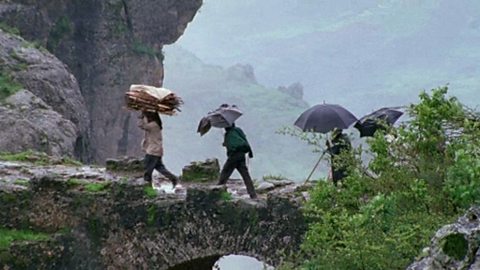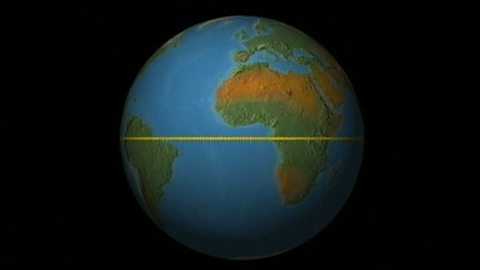Journey of the Nile (pt 1/3)
Description
The Nile is one of the longest rivers in the world. It is more than 6,000km in length and crosses nine countries. As it travels north, the river becomes wide and sweeping, but it starts small in the mountains of Ethiopia and Uganda.
North Africa has dry and wet seasons. During the dry season, the temperatures can reach 58 degrees Celsius and huge quantities of the water in the Nile evaporates. The rainy season in the Ethiopian highlands can last for several months. If the rains do not arrive, Ethiopia suffers from terrible droughts. The arrival of the rainy season is therefore always reason to celebrate in the highlands. The water from here flows north to join the Nile.
Classroom Ideas
Students could compare the two Ethiopian seasons with the four seasons in the UK by creating a poster. The poster could be divided in half and on the side for the UK there could be four boxes, while on the other side just two. Using colourful images and bullet points, students could research and present the key characteristics of each season in each country.
Using this information, students could go on to write a diary entry from the viewpoint of either an Ethiopian or UK farmer. If they write as an Ethiopian farmer, they could imagine they are in the last few days of the dry season, discussing their emotion and physical activity when the rain arrives. What might happen if the wet season never arrived? Why is there such celebration when the rain arrives? For a UK farmer, they could write as if it has been a very cold, wet summer and Winter is approaching early.
Weather
Now playing video 3 of 8
- Now playing3:00

- 4:47
